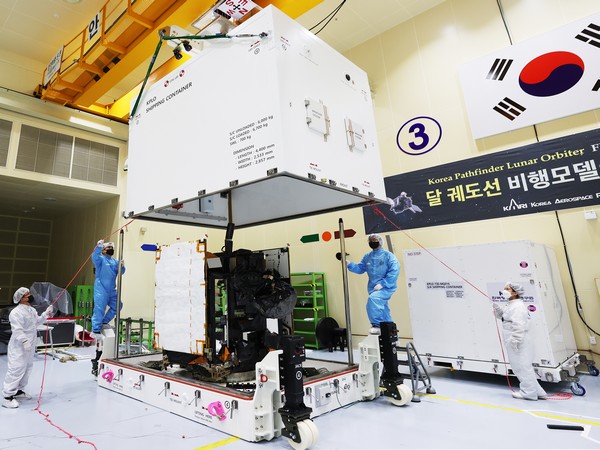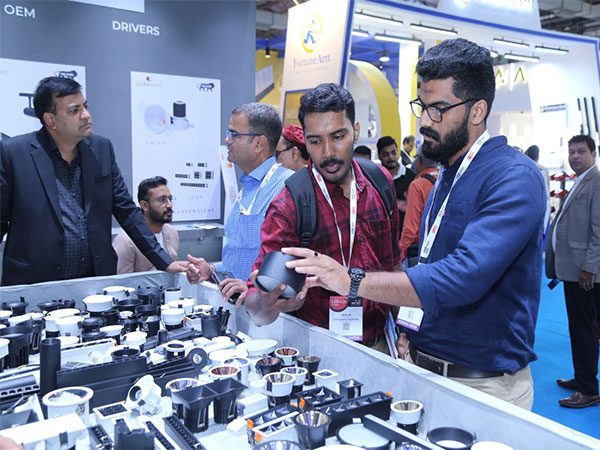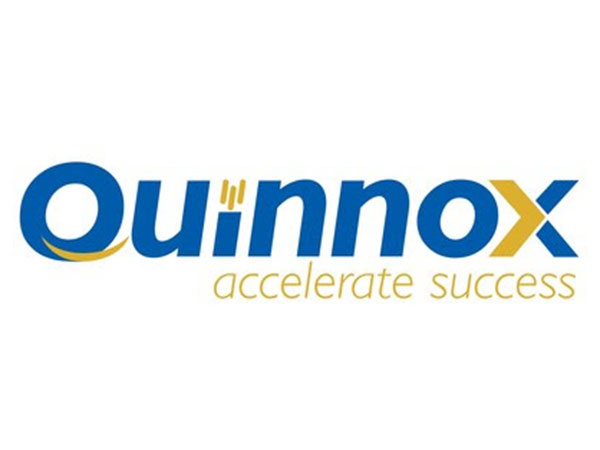S. Korea's first moon exploration orbiter "Danuri" to be launched in March next year
Jul 06, 2022

Seoul [South Korea], July 6: "It is the first exploration orbiter in more than 30 years since we started the research and development of space vehicles. In the early 2030s, we will send our own moon-landing vehicle, " said Lee Sang -ryul, Director of the Korea Aerospace Research Institute (KARI), before SouthKorea's first moon exploration orbiter "Danuri" headed to the launch site in the U.S on the 5th.
Researchers who visited the site with Director Lee also watched Danuri's departure.The researchers at the site seemed to be anticipated and hopeful for Danuri's launch.Cho Young-ho, a chief researcher at the Moon Exploration Project Team, said, "This is fourth satellite that I have sent. We've researched and developed Danuri for 6 and half years, so I'm very excited."
At 10:08 a.m. on the 5th, Danuri headed to Incheon International Airport in a special container.This special container developed for transportation of Danuri can absorb damages and maintain optimal conditions such as temperature, humidity, and positive pressure.
Danuri will be transported to Orlando Airport by air, and then will head to Cape Canaveral Space Force Station (CCSFS) in Florida on the 7th.
After preparation processes, including monitoring, fuel injection, and mounting rockets, Danuri will be launched as a space rocket carried by SpaceX's Falcon 9 on August 3.
Danuri will travel according to the Ballistic Lunar Transfer (BLT) trajectory for about 4.5 months after the launch and then will reach the moon orbit in December.
The BLT trajectory has a longer travel distance than other trajectory, but it can save huge amount of fuel by using the gravity of the earth and the sun.
Danuri will orbit 100km above the moon 12 times a day for one year in 2023 to perform scientific missions such as identifying potential landing sites on the moon, measuring magnetic fields and gamma rays, and verifying space internet technology.
Source: Global Economic









